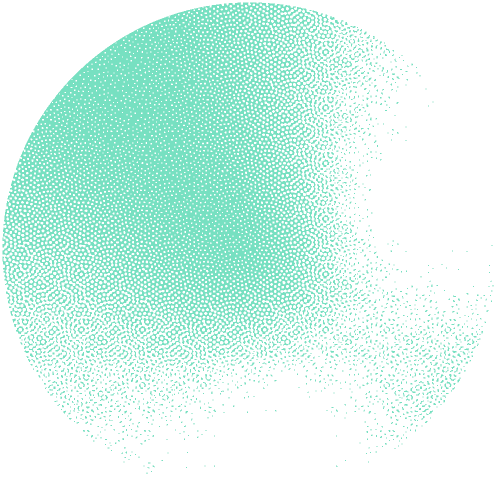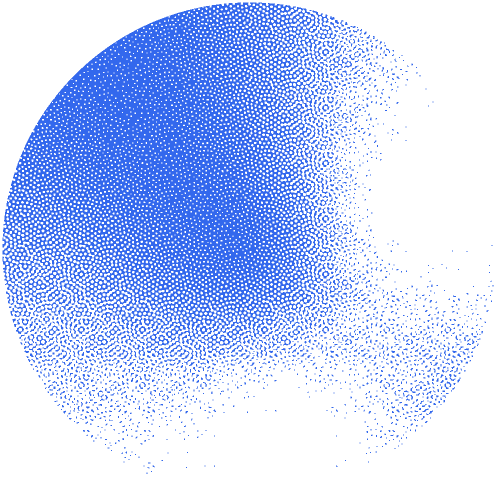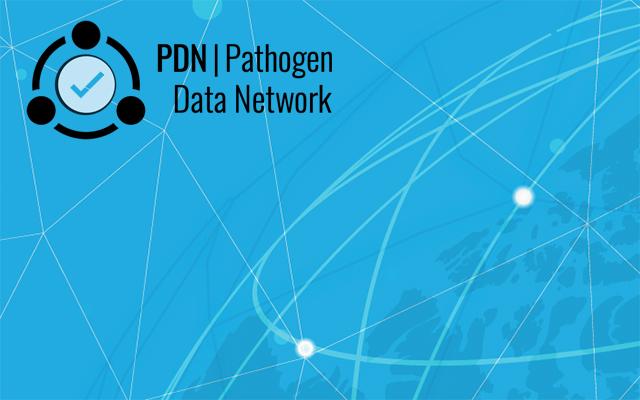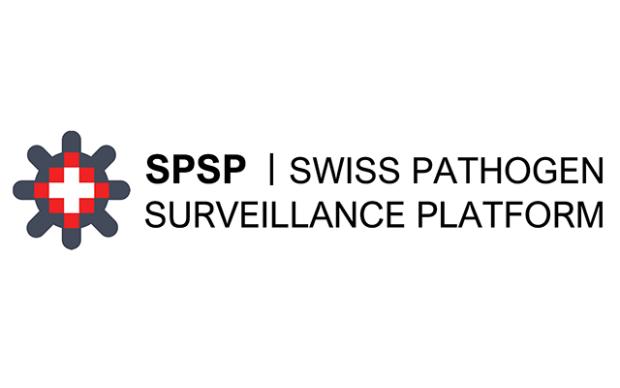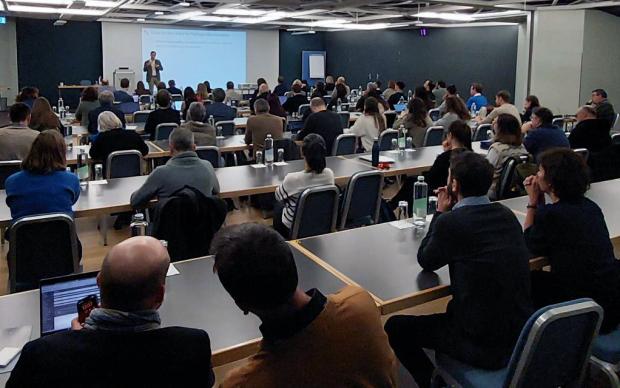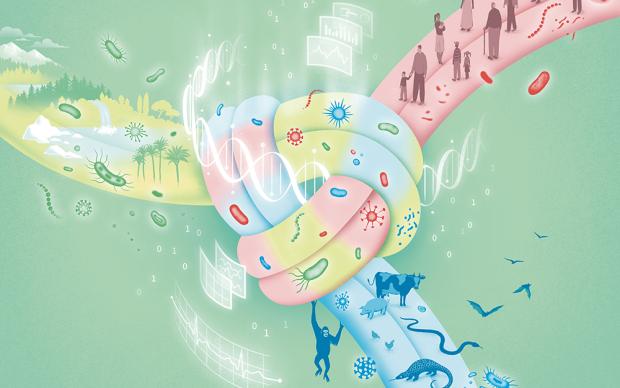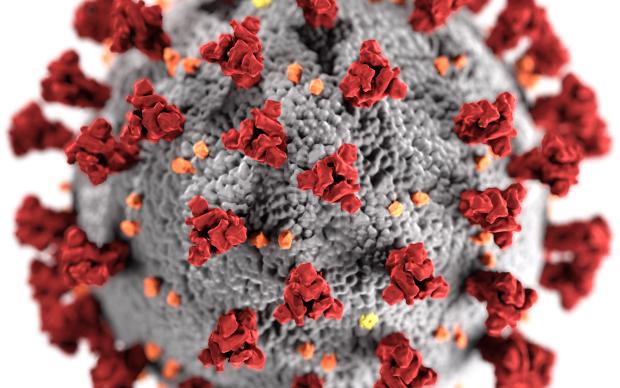The Pathogen Data Network (PDN) enters its second year of enabling a worldwide ecosystem of linked data and tools that support infectious disease research and public health responses. This next phase focuses on leveraging SIB expertise and resources to provide public health practitioners with accurate, fast and comprehensive insights into circulating and emerging pathogens.
Updated project configuration
Due to new NIH funding regulations, PDN runs with an updated configuration in its second year, centered on tools developed at SIB and with partners in the US. While its technical and organizational backbone has evolved, the project’s mission remains the same. The initiative also continues to build on the strong international network of stakeholders established in the first year, to ensure its solutions are widely adopted worldwide with maximum impact.
Actionable public health insights from pathogen data
Among the major achievements of its first year, PDN fostered the development of the Pathogens Portal at EMBL-EBI to support FAIR discovery of pathogen data – essential for downstream analyses by researchers and public health professionals.
Updated project configuration
Due to new NIH funding regulations, PDN runs with an updated configuration in its second year, centered on tools developed at SIB and with partners in the US. While its technical and organizational backbone has evolved, the project’s mission remains the same. The initiative also continues to build on the strong international network of stakeholders established in the first year, to ensure its solutions are widely adopted worldwide with maximum impact.
The next phase will focus on enabling faster and more precise outbreak tracking – in particular, by helping public health authorities anticipate which pathogen variants might spread more easily. A complementary set of resources from SIB Groups will be developed to provide actionable insights using public data, such as where and when new mutations or variants are detected across millions of datasets, how these evolve over time, and how prevalent they may become.
The resources include:
- GenSpectrum, an interactive platform powered by the software Loculus, which queries and aggregates pathogen data from public sources and makes insights publicly accessible;
- V-Pipe, Nextclade and IMMense for advanced analyses which will be displayed on GenSpectrum;
- BEAST2 and Nextstrain for evolutionary insights, also displayed on GenSpectrum.
A first year of tangible results
PDN, a flagship project of SIB’s Centre for Pathogen Bioinformatics, advanced its vision with concrete results in its first year – supporting public health authorities in faster responses, developing critical infrastructure, and fostering a global community of practice. These achievements laid the foundation for the project’s next phase. View achievements
Speeding up outbreak detection with wastewater data
Because wastewater often carries traces of pathogens circulating in a community, it can reveal outbreaks even before cases appear in hospitals. PDN will enable specific developments of Loculus to process wastewater data, in addition to the software’s current scope of clinical data. Such monitoring provides a cost-effective and non-invasive way to strengthen public health surveillance.
A first year of tangible results
PDN, a flagship project of SIB’s Centre for Pathogen Bioinformatics, advanced its vision with concrete results in its first year – supporting public health authorities in faster responses, developing critical infrastructure, and fostering a global community of practice. These achievements laid the foundation for the project’s next phase. View achievements
Understanding new pathogens faster with AI and expert knowledge
When a new pathogen emerges, one of the biggest challenges is to quickly understand how it behaves and how it might affect humans or other hosts. Part of that answer lies in the function of the pathogen’s proteins, which can be inferred from their structures. PDN will therefore leverage the recent revolution in AI-based prediction of protein structure to gain insights into the biology of new pathogens. Such insights will be added to trusted and widely used resources such as UniProt and ViralZone, through SIB’s expertise in curating biological knowledge. This will give scientists and health authorities access to vital information for responding to emerging diseases.
Fostering fair and inclusive data sharing
A key goal of PDN is to make data sharing possible for everyone, not just for well-resourced labs. New developments in Loculus will allow researchers to share raw data directly, even in settings with limited in-house computational capacity. This lowers barriers to participation, ensures that valuable information is not lost, and supports downstream platforms such as GenSpectrum and Pathoplexus, a database for the efficient sharing of human viral pathogen genomic data. By broadening who can contribute, PDN promotes more equitable access to data and builds a richer global picture of pathogens to strengthen outbreak response.
Ethics and training remain central
Alongside its technical innovations, PDN continues to prioritize ethical considerations – such as handling wastewater data responsibly – and to invest in training the next generation of experts worldwide. This is done through collaboration with US partners.
PDN’s co-PIs are:
- Aitana Neves (PDN Director), and Patricia Palagi, SIB
- Jason Williams, Cold Spring Harbor Laboratory, US
- Sam Halabi, Georgetown University, US
The project additionally builds on the expertise of the following SIB Groups:
- Computational Biology group, led by Niko Beerenwinkel
- Computational Evolution group, led by Tanja Stadler
- Comparative Genomics group, led by Christophe Dessimoz & Natasha Glover
- EVE Epidemiology and Virus Evolution group, led by Emma Hodcroft
- Microbial Evolution group, led by Richard Neher
- Swiss-Prot group, led by Alan Bridge and Paul Thomas
